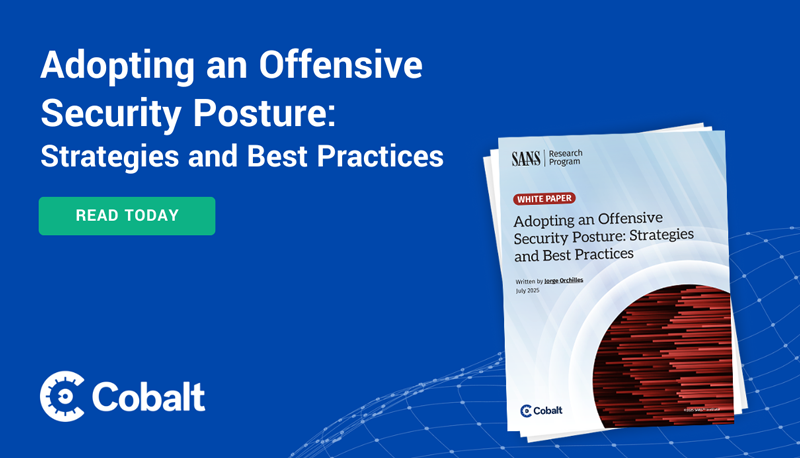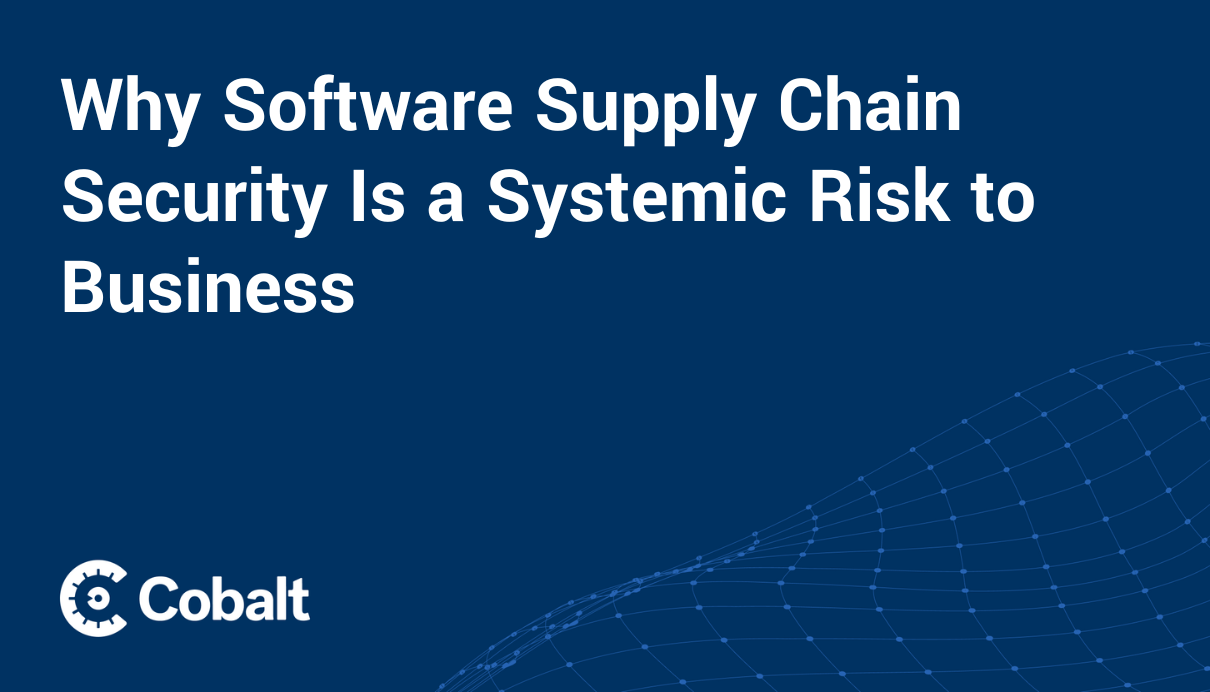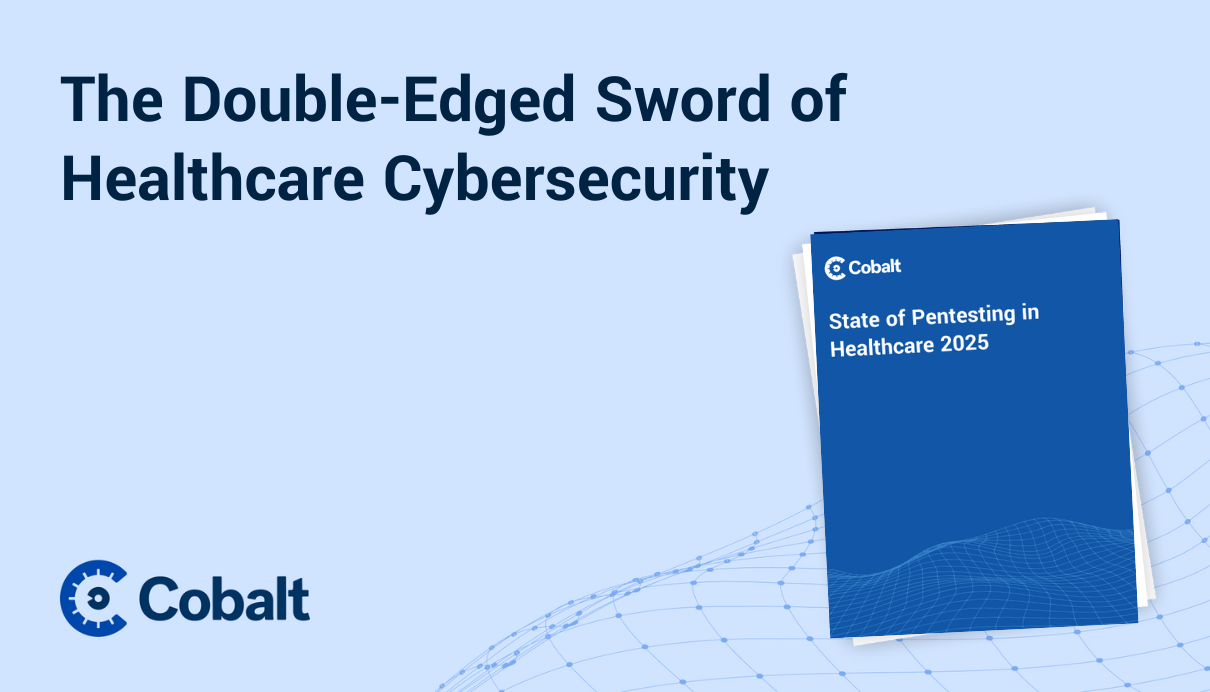Ever feel like you’re playing a perpetual game of defense? I was reading a new SANS white paper, Adopting an Offensive Security Posture: Strategies and Best Practices, written by Jorge Orchilles in partnership with Cobalt, and it put a fine point on this exact feeling. We need to fundamentally shift our mindset, because being proactive is no longer just a good idea—it’s essential.
So, what makes this so urgent? The paper highlights a stunning statistic from the 2024 Verizon Data Breach Investigations Report: breaches caused by the exploitation of vulnerabilities grew by 180% last year compared to the prior year. Attackers are getting faster and more effective. The paper’s core message is that we must assume a breach is inevitable and prepare accordingly. Adopting an offensive security program is how you do that—it's how you start sparring on your own terms.
Key SANS Research Insights
SANS does a great job of breaking down the different layers of an offensive security program. Think of it like hiring a series of increasingly specialized experts to test the fortress you’ve built. First, you have your surveyors who assess your attack surface to map every potential entry point on your property. Then, you bring in the lock-pickers for deeper scanning to jiggle the handles of your applications.
Manual vs. Automated Testing in Offensive Security
But where it gets really interesting is in the distinction between automated and manual testing. Automation is great, but the paper points out that it will always miss creative, human-driven attacks. For example, an automated scanner can’t spot business logic flaws. This is a vulnerability in the rules of your application, like a bank's workflow that fails to prevent a user from transferring more money than they have. An automated tool checks for unlocked doors, but a human penetration tester asks if the door can be tricked into giving them the key.
This is where offensive security becomes invaluable. A pentest proves a vulnerability is truly exploitable. And a red team engagement simulates a real threat actor, testing your defenders' ability to detect and respond.
Yet, for all the talk of sophisticated attacks, the paper delivers a humbling reminder. The number one method of intrusion? Simply using valid credentials. Attackers will often use the simplest path required to go undetected. It’s a powerful point: our defenses have to be prepared for a full-blown simulated heist, but they also have to be sharp enough to catch someone who simply walks in the front door with a stolen key.
Adopt a Proactive, Programmatic Approach
Building an offensive security program is a journey, not a destination. So, the question to ask yourself isn't just "Are our walls high enough?" but rather, "Have we truly tested our guards, our alarm systems, and our response plans against an opponent who knows exactly how to get inside?"
How are you building your offensive security program? Cobalt is helping organizations do the basics while gaining proactive advantages in this complex battlefield.
Download the Whitepaper
Gain deeper insights into adopting an offensive security posture. Download the full SANS white paper, "Adopting an Offensive Security Posture: Strategies and Best Practices," in partnership with Cobalt, to learn how to shift your mindset and proactively defend against evolving threats.










